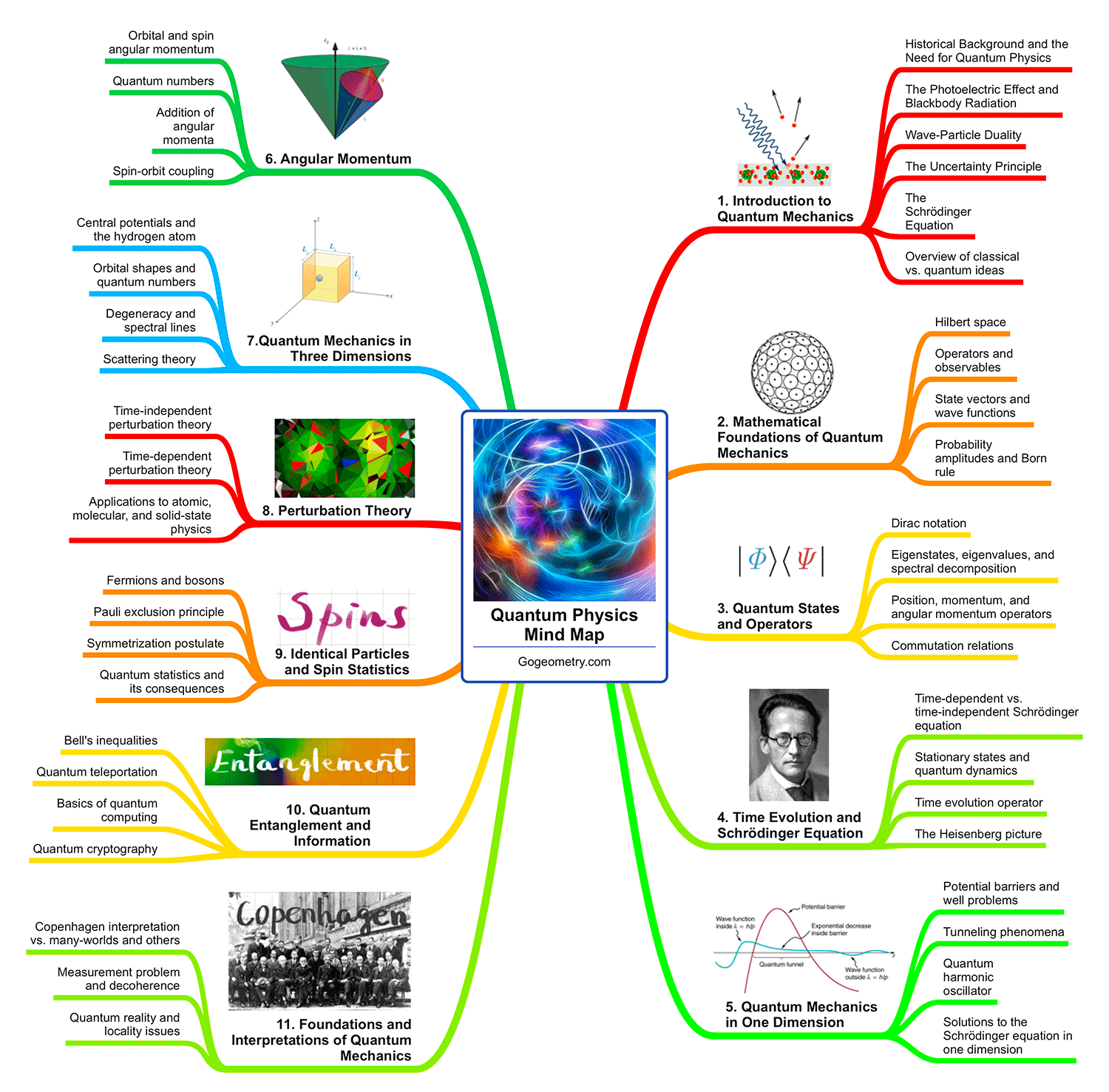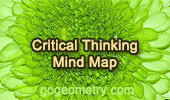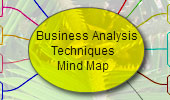Quantum Physics Course: A High-Level Academic Mind Map

Principal Topics of Quantum Physics Course
| # | Main Topic | Key Points |
|---|---|---|
| 1 | Fundamental Concepts | Wave-particle duality, Quantum superposition, Uncertainty principle |
| 2 | Mathematical Foundations | Hilbert space and operators, Wave functions and state vectors, Schrodinger equation |
| 3 | Quantum States and Operators | Dirac notation, Eigenstates and observables, Quantum dynamics |
| 4 | Quantum Mechanics in One Dimension | Potential well problems, Quantum tunneling, Harmonic oscillator |
| 5 | Angular Momentum | Orbital and spin angular momentum, Quantum numbers, Angular momentum operators |
| 6 | Quantum Mechanics in Three Dimensions | Central potentials, Hydrogen atom, Orbital shapes and degeneracy |
| 7 | Perturbation Theory | Time-independent and time-dependent perturbations, Applications in atomic and solid-state physics |
| 8 | Identical Particles and Spin Statistics | Fermions and bosons, Pauli exclusion principle, Symmetrization postulate |
| 9 | Quantum Entanglement and Information | Bell's inequalities, Quantum teleportation, Basics of quantum computing and cryptography |
| 10 | Foundations and Interpretations | Copenhagen interpretation vs. many-worlds, Measurement problem and decoherence, Implications for quantum reality |
This mind map was created with the help of Google Gemini and ChatGPT3.5 on March 13, 2024.
Graphic Organizers
Graphic organizers are visual tools used to represent information, concepts or ideas, while mind maps are a type of hierarchical diagram that organizes information visually, typically in a branching format, using keywords and images. Both graphic organizers and mind maps are useful for organizing and structuring ideas, facilitating learning and retention, and enhancing creativity and problem-solving skills.


